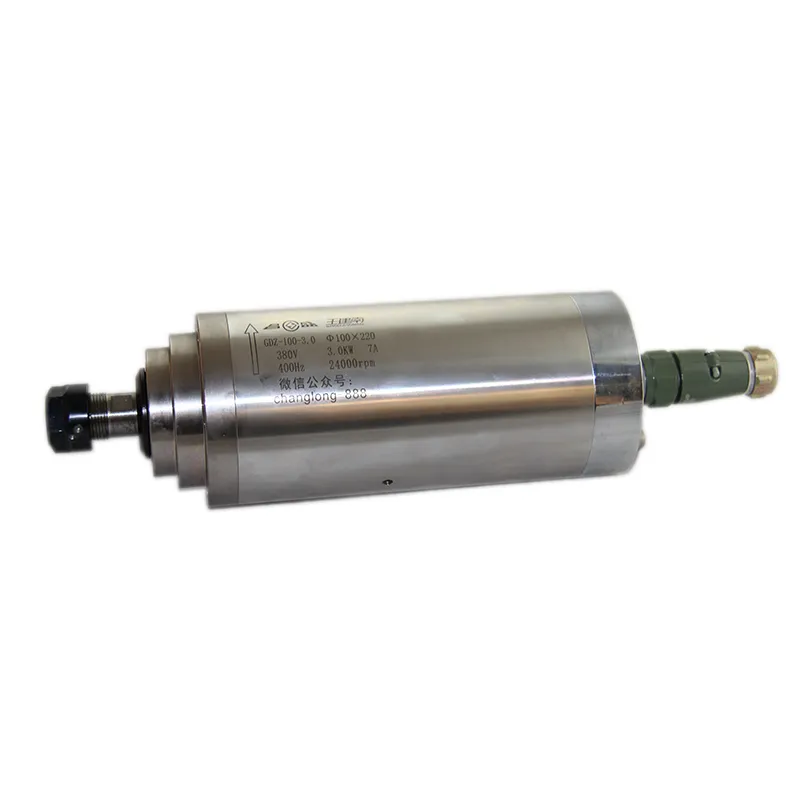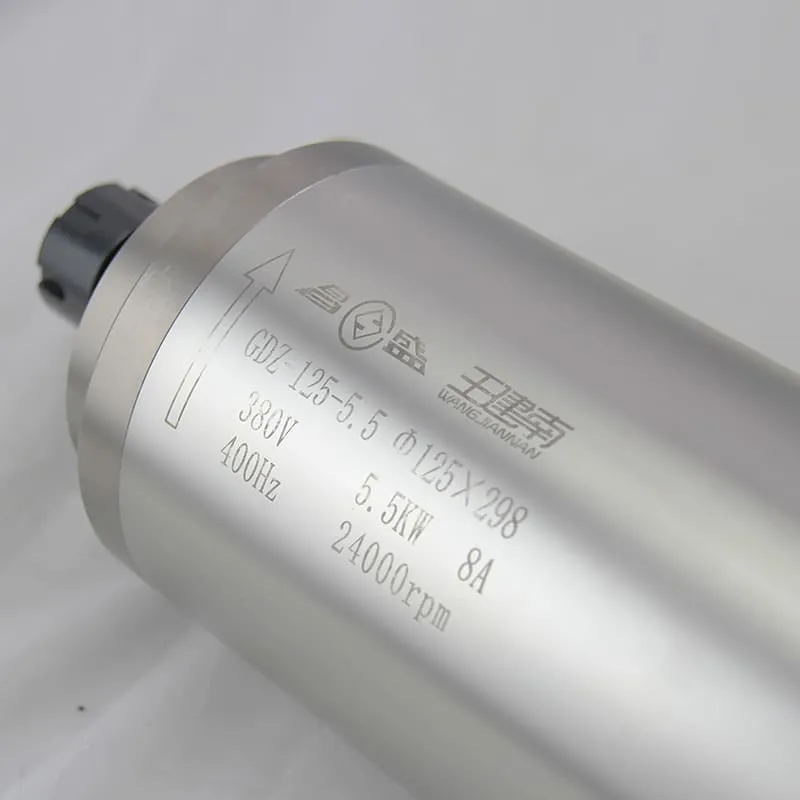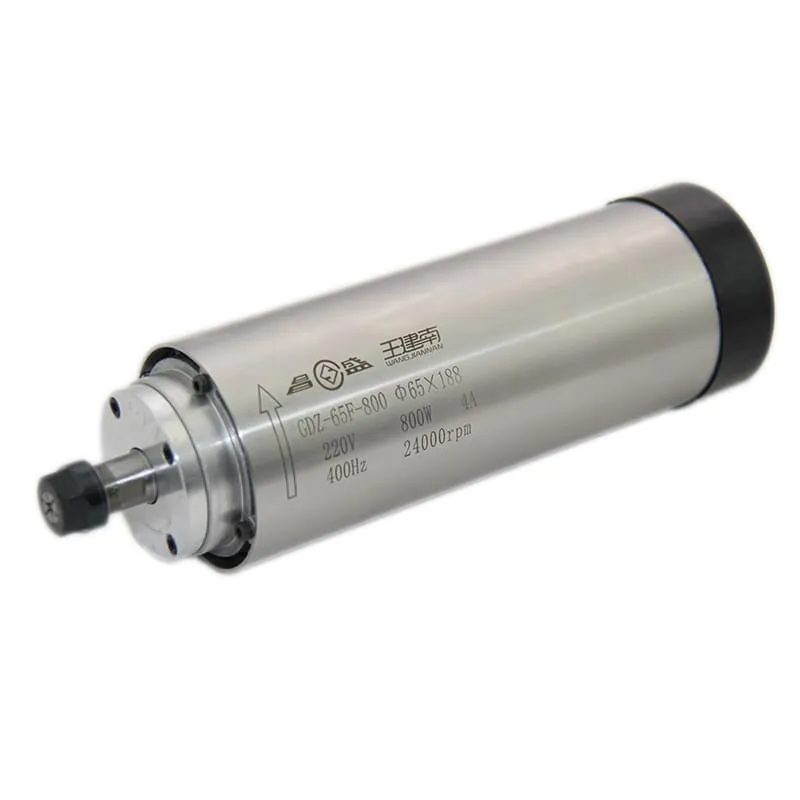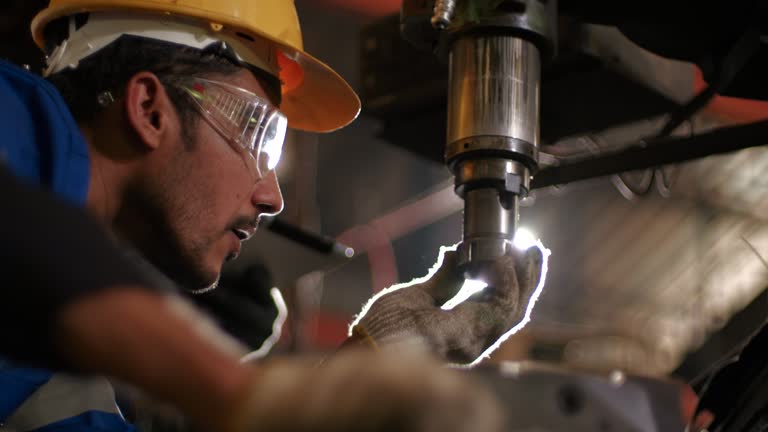How It’s Made: CNC Machine
CNC (Computer Numerical Control) machines have revolutionized the manufacturing industry, offering unparalleled precision, efficiency, and versatility. These marvels of modern engineering are the backbone of countless production processes across various sectors. But have you ever wondered how a CNC machine itself is made? Let’s dive into the fascinating journey of how CNC machines come to life, from concept to completion.
The Evolution of CNC Technology
Before we delve into the manufacturing process, it’s crucial to understand the evolution of CNC technology. CNC machines have come a long way since their inception in the 1940s and 1950s. The development of CNC technology has been driven by the need for increased precision, speed, and automation in manufacturing processes.
Initially, numerical control machines were operated using punched tape or cards. As computer technology advanced, these systems were replaced by more sophisticated digital controls. Today’s CNC machines are marvels of integration between mechanical engineering, electronics, and software.
Conceptualization and Design
The journey of creating a CNC machine begins with conceptualization and design. Engineers and designers work together to create a machine that meets specific manufacturing needs. This process involves:
- Market Research: Understanding the demands of various industries and identifying gaps in current CNC technology.
- Conceptual Design: Creating initial sketches and 3D models of the proposed machine.
- Detailed Engineering: Developing precise technical specifications, including mechanical, electrical, and software components.
- Simulation and Testing: Using computer-aided design (CAD) and simulation software to test the machine’s performance virtually.
The design phase is critical as it lays the foundation for the entire manufacturing process. Engineers must consider factors such as:
- Machine size and footprint
- Axis configuration (3-axis, 5-axis, etc.)
- Spindle speed and power requirements
- Material handling capabilities
- Integration with existing manufacturing systems
Sourcing Components
Once the design is finalized, the next step is sourcing the components. A CNC machine comprises numerous parts, both standard and custom-made. Some key components include:
- Frame and Base: Usually made of cast iron or welded steel for stability and vibration dampening.
- Linear Motion Components: Precision rails, ball screws, and bearings for smooth and accurate movement.
- Spindle: The heart of the CNC machine, responsible for rotating the cutting tools.
- Motors: Servo or stepper motors for precise control of movement.
- Control System: The brain of the CNC machine, including the computer and software.
- Electrical Components: Wiring, switches, and sensors.
One of the most critical components is the spindle. High-quality spindles, such as the 24000RPM 3KW ER20 Water-Cooling Spindle, are essential for achieving the precision and performance expected from modern CNC machines.

A 24000RPM 3KW ER20 Water-Cooling Spindle, a crucial component in CNC machine manufacturing
Manufacturing the Frame and Base
The frame and base of a CNC machine provide the foundation for all other components. This step involves:
- Material Selection: Typically, cast iron or welded steel is chosen for its stability and vibration-dampening properties.
- Cutting and Shaping: Using large-scale cutting and milling machines to shape the raw materials.
- Heat Treatment: To relieve stress in the metal and improve its structural integrity.
- Surface Grinding: To ensure flatness and precision in the mounting surfaces.
The manufacturing of the frame and base requires extreme precision. Even small imperfections can lead to inaccuracies in the finished CNC machine’s performance.
Assembling Linear Motion Systems
The linear motion system is what allows a CNC machine to move smoothly and precisely. This assembly includes:
- Mounting Precision Rails: These rails guide the machine’s movement along each axis.
- Installing Ball Screws: These convert rotational motion from motors into linear motion.
- Attaching Bearings and Supports: To ensure smooth and accurate movement.
The quality of the linear motion system directly impacts the accuracy and repeatability of the CNC machine. High-precision components and careful assembly are crucial at this stage.
Integrating the Spindle and Tool Changing System
The spindle is a critical component that determines the machine’s cutting capabilities. Modern CNC machines often feature automatic tool changing systems for increased efficiency. This stage involves:
- Mounting the Spindle: Precisely aligning and securing the spindle to the machine’s frame.
- Installing the Tool Changing Mechanism: This may include a tool carousel or magazine.
- Connecting Coolant Systems: Many high-performance spindles, like the 24000RPM 5.5KW ER25 Water-Cooling Spindle, require advanced cooling systems for optimal performance.

A high-performance 24000RPM 5.5KW ER25 Water-Cooling Spindle, essential for advanced CNC machines
Installing Motion Control Systems
The motion control system is what gives a CNC machine its precision and automation capabilities. This step includes:
- Mounting Motors: Servo or stepper motors are installed for each axis of motion.
- Installing Encoders: These devices provide feedback on the position and speed of moving parts.
- Setting Up Limit Switches: To prevent over-travel and ensure safe operation.
The choice of motors and control systems can significantly impact the machine’s performance. For instance, high-speed applications might require more powerful motors and advanced control algorithms.
Electrical and Control System Integration
The electrical and control systems are the brains of the CNC machine. This phase involves:
- Wiring: Connecting all electrical components, including motors, sensors, and control panels.
- Installing the CNC Controller: This computer system interprets G-code and controls the machine’s movements.
- Setting Up the Human-Machine Interface (HMI): This includes screens, buttons, and other controls for operator interaction.
Modern CNC machines often incorporate advanced features such as network connectivity for remote monitoring and control.
Software Installation and Configuration
With the hardware in place, the next step is to install and configure the software that will control the CNC machine. This includes:
- Operating System Installation: Often a specialized real-time operating system.
- CNC Control Software: This interprets G-code and manages machine operations.
- Custom Macros and Programs: Tailored to the specific needs of the machine and its intended applications.
The software configuration is crucial for optimizing the machine’s performance and ensuring compatibility with various CAD/CAM systems.
Safety Systems Implementation
Safety is paramount in CNC machine design. This stage involves installing various safety features, such as:
- Emergency stop buttons
- Light curtains or safety enclosures
- Interlocks on doors and access panels
- Overload protection systems
These safety systems are designed to protect both the operator and the machine from potential hazards.
Calibration and Testing
Once the CNC machine is fully assembled, it undergoes rigorous calibration and testing. This process includes:
- Geometric Calibration: Ensuring all axes are square and true.
- Motion System Tuning: Optimizing the performance of motors and drives.
- Accuracy Testing: Verifying the machine’s precision across its entire working envelope.
- Spindle Run-In: Testing and fine-tuning the spindle performance.
For high-precision applications, advanced measurement tools like laser interferometers may be used to calibrate the machine to micron-level accuracy.
Quality Control and Certification
Before a CNC machine can be shipped to customers, it must pass stringent quality control checks. This may include:
- Running test parts to verify machining accuracy
- Checking for compliance with industry standards and regulations
- Verifying safety system functionality
- Conducting durability and reliability tests
Many CNC machines also undergo certification processes to meet international standards for quality and safety.
Packaging and Shipping
The final stage in the manufacturing process is preparing the CNC machine for shipment. This involves:
- Applying Protective Coatings: To prevent rust and damage during transport.
- Securing Moving Parts: To prevent shifting during shipping.
- Creating Custom Crates: Often with shock-absorbing materials.
- Documenting: Providing detailed manuals and technical specifications.
Given the size and precision of CNC machines, special handling and transportation arrangements are often necessary.
Continuous Improvement and Innovation
The manufacturing of CNC machines is an ongoing process of improvement and innovation. Manufacturers continuously gather feedback from users and incorporate new technologies to enhance their machines. This might include:
- Developing more energy-efficient designs
- Incorporating advanced materials for improved performance
- Integrating IoT (Internet of Things) capabilities for smart manufacturing
- Enhancing user interfaces for easier operation
The Role of Specialized Components
While we’ve covered the general process of CNC machine manufacturing, it’s worth noting the importance of specialized components. For instance, different types of spindles are used for various applications. An 800W ER11 Air-Cooled Spindle might be ideal for smaller, precision work, while larger machines might require more powerful water-cooled options.

An 800W ER11 Air-Cooled Spindle, suitable for smaller CNC machines
The Future of CNC Machine Manufacturing
As we look to the future, the manufacturing of CNC machines is likely to evolve with emerging technologies. Some trends to watch include:
- Increased use of additive manufacturing in machine construction
- Integration of artificial intelligence for predictive maintenance
- Development of hybrid machines combining CNC with other manufacturing processes
- Enhanced sustainability in design and operation
These advancements promise to make CNC machines even more powerful, efficient, and versatile tools for modern manufacturing.
FAQs About CNC Machine Manufacturing
1. How long does it take to manufacture a CNC machine?
The manufacturing process for a CNC machine can take anywhere from several weeks to several months, depending on the complexity and size of the machine. Custom or high-precision machines may take even longer.
2. What’s the most critical component in a CNC machine?
While all components are important, the spindle is often considered the heart of a CNC machine. It directly affects the machine’s cutting capabilities, precision, and overall performance.
3. How often do CNC machines need to be recalibrated?
The frequency of recalibration depends on usage and precision requirements. In general, CNC machines should be checked and potentially recalibrated at least annually, with more frequent checks for high-precision work.
4. Can CNC machines be customized for specific industries?
Yes, CNC machines can be highly customized to meet specific industry needs. This can include specialized tooling, specific size requirements, or integration with industry-specific software and processes.
5. How has the manufacturing of CNC machines changed in recent years?
Recent years have seen increased automation in the manufacturing process, greater integration of advanced sensors and IoT capabilities, and a focus on energy efficiency and sustainability in machine design.
Conclusion
The manufacturing of CNC machines is a complex and fascinating process that combines precision engineering, advanced electronics, and sophisticated software. From the initial concept to the final quality checks, each step in the manufacturing process is crucial in creating a machine that can meet the exacting standards of modern manufacturing.
As we’ve explored, the journey of how CNC machines are made involves careful design, precise component selection, meticulous assembly, and rigorous testing. The integration of high-quality components, such as advanced spindles and motion control systems, is essential in creating machines that can deliver the accuracy and reliability demanded by today’s industries.
The continuous evolution of CNC technology, driven by innovations in materials science, control systems, and software, ensures that the process of manufacturing these machines is always advancing. This ongoing development not only improves the capabilities of CNC machines but also makes them more accessible and versatile for a wide range of applications.
Understanding how CNC machines are made gives us a deeper appreciation for these remarkable tools that have transformed manufacturing. It also highlights the importance of quality components, precise engineering, and ongoing innovation in the field of CNC technology.
As we look to the future, the manufacturing of CNC machines will undoubtedly continue to evolve, incorporating new technologies and responding to changing industrial needs. This ongoing progress ensures that CNC machines will remain at the forefront of manufacturing technology, continually pushing the boundaries of what’s possible in precision machining and production.

